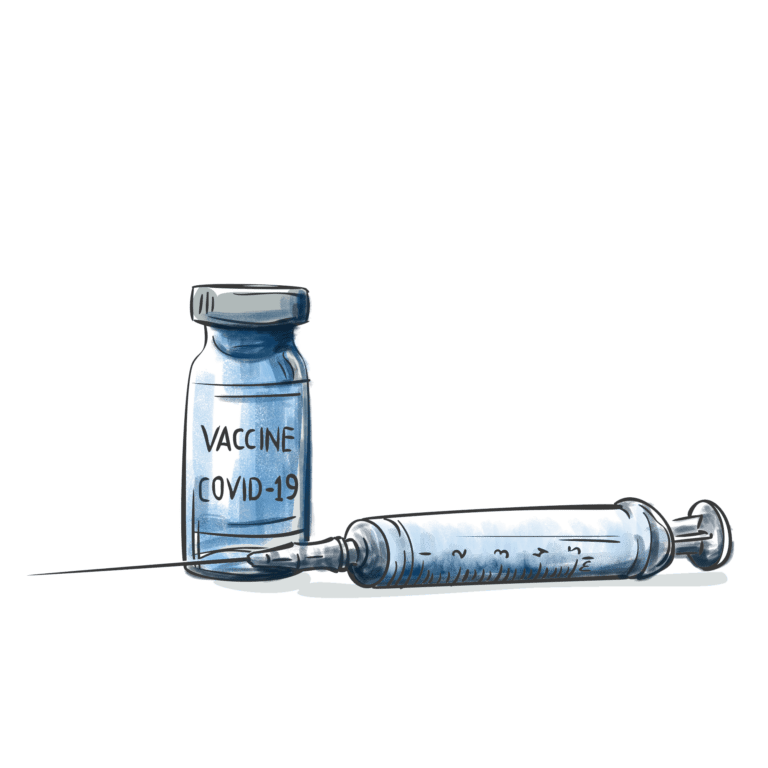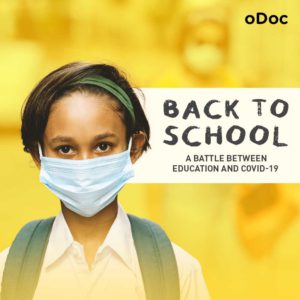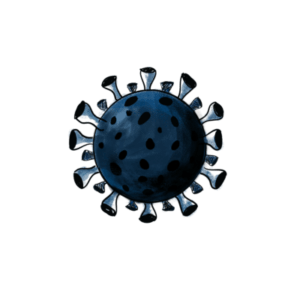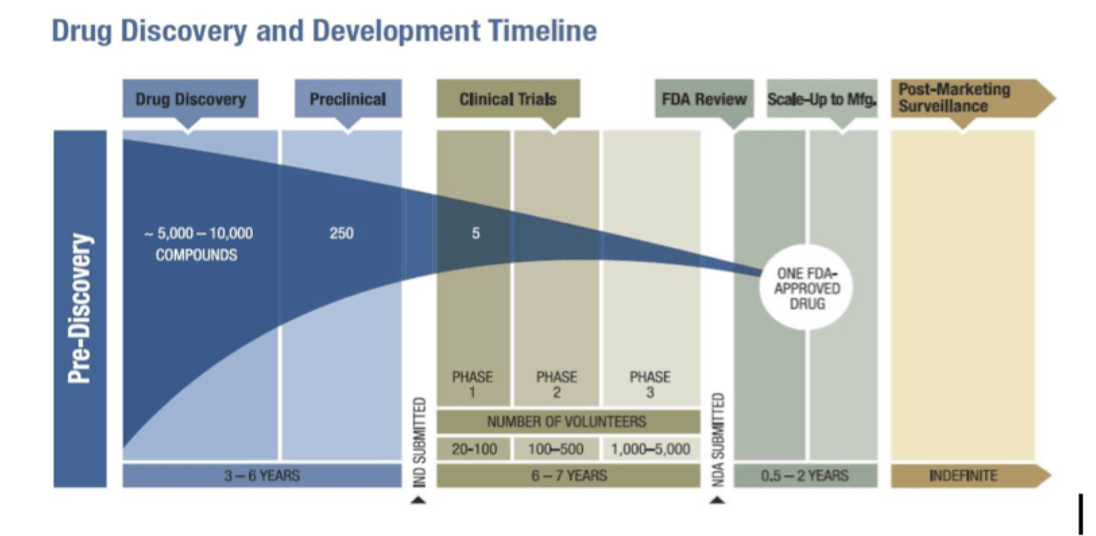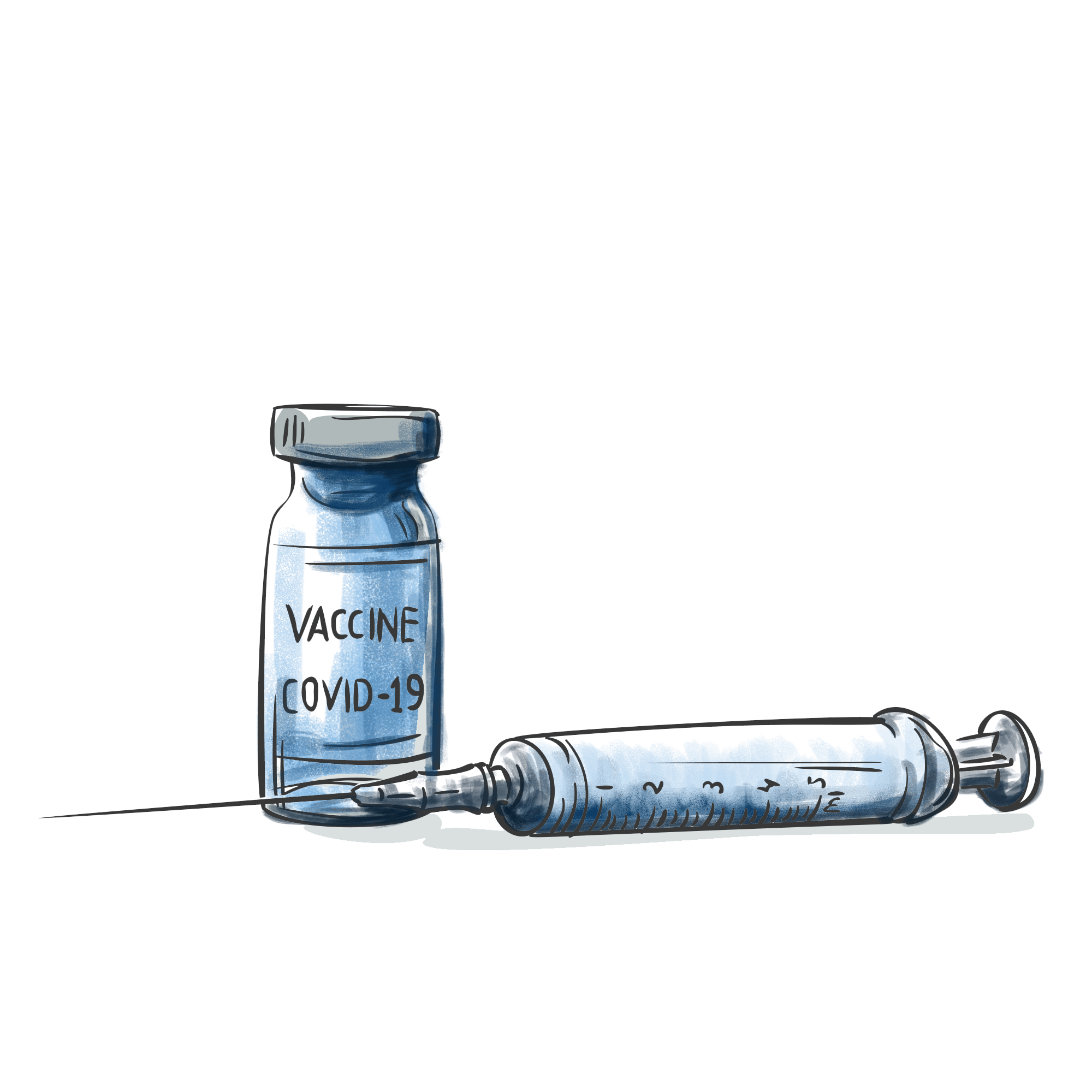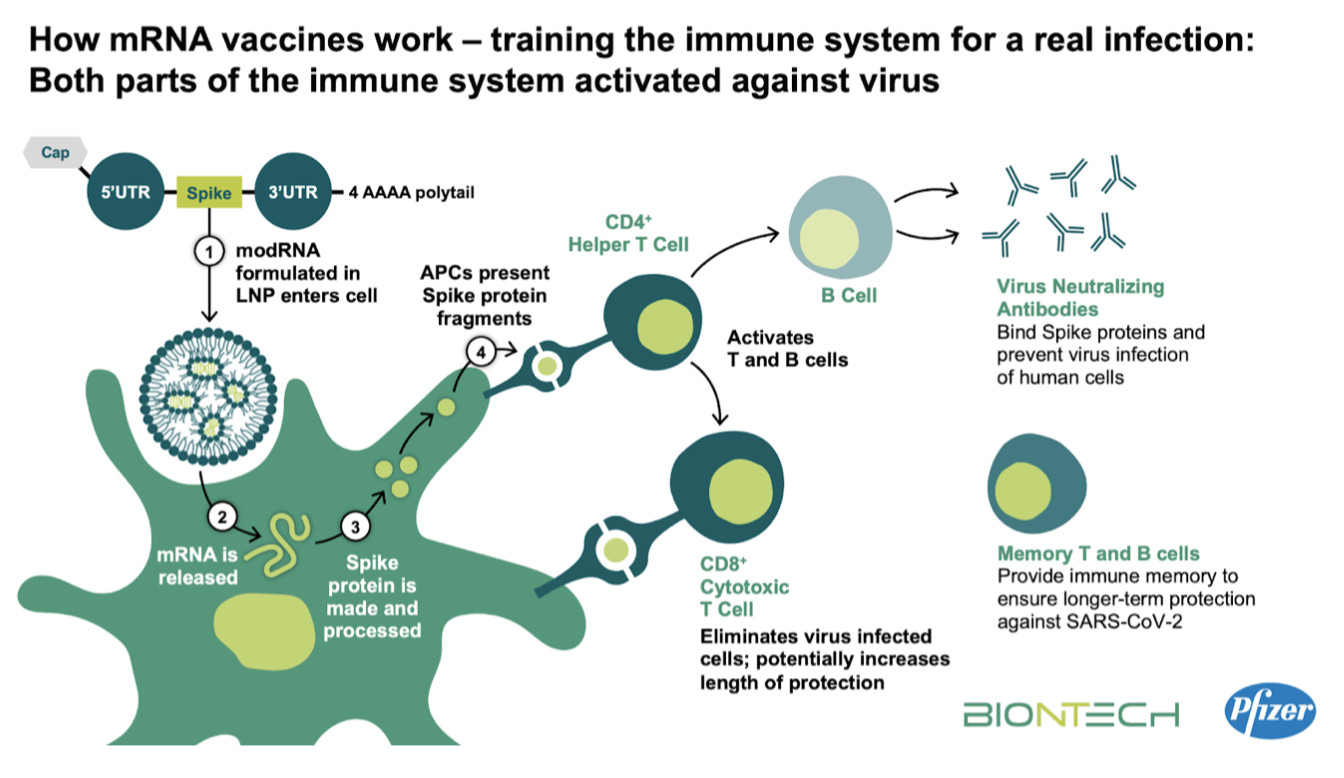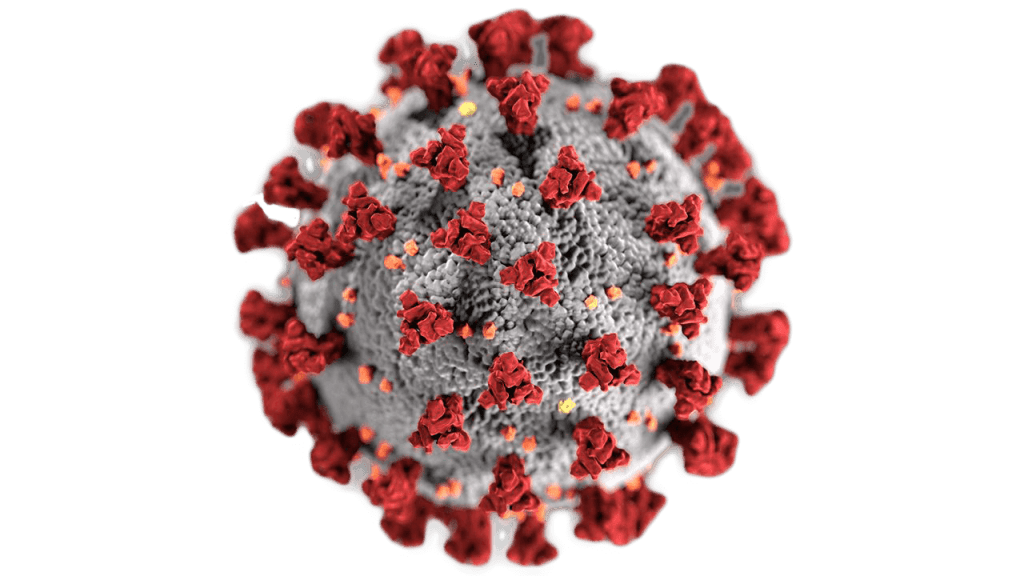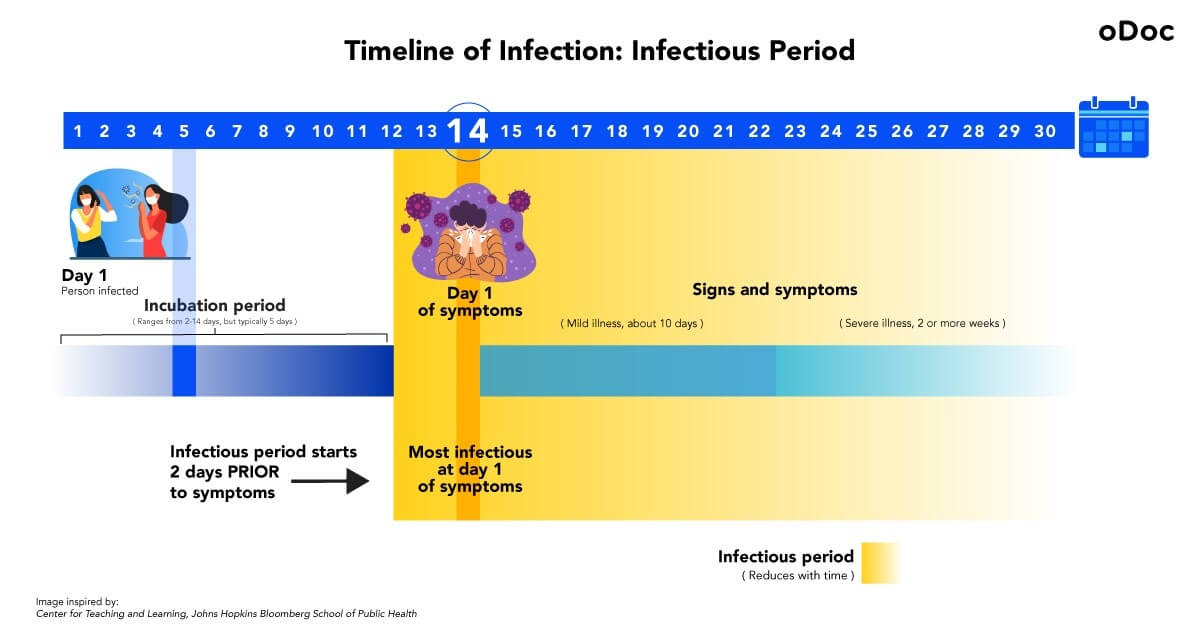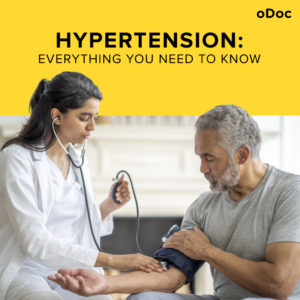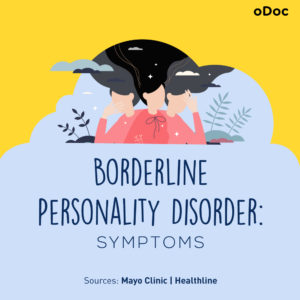Let’s talk about UTIs

Chances are if you are a woman reading this, you’ve suffered from a urine tract infection (“UTI”) at some point in your life. Whether it has crept up on you or was caused by sex or other irritation, the constant urge to urinate, the pain and discomfort in the lower abdomen and seeing blood in the urine is enough to make anyone pretty miserable.
Mayo Clinic defines a UTI as “an infection of any part of your urinary system (kidneys, ureters, bladder and urethra)”. More than half of all women are expected to suffer from a UTI at least once in their lifetimes and for some women, it can be a recurring, painful battle.
Women are more prone to these bacterial infections as we have a shorter urinary tract compared to men so bacteria and toxins can cause trouble easily. An infection can start off in the bladder (cystitis) and move up to the kidneys & ureter (uretheritis).
What are the most common symptoms of a UTI?
UTI infection symptoms include the constant urge to pee, a burning sensation when peeing, passing small (to no) amounts of urine, cloudy urine (sometimes rosey coloured with blood) and pelvic pain.
Older people with UTIs can present with confusion whilst in young children, it often manifests as fever and/or wetting themselves.
Why they occur
- There are numerous reasons why these infections occur but the most common is human anatomy: the female urinary tract is short, the space between the anus and the urethra is shorter than it is for a male and therefore the distance gut bacteria have to travel to enter the bladder is shorter.
- Sex could lead to UTIs due to bacteria from the genital area entering the urinary tract.
- It’s sometimes found to be a predisposition caused by genetics where females in certain families are more prone to UTIs.
- Dehydration and limited water intake results in poor flushing of urine from the bladder causing bacterial build up.
- Material of underwear makes a difference where nylon, spandex and lycra materials reduce the breathability in the area.
- Hygiene is an important factor where wiping from back to front has caused E.Coli (bacteria) to enter from the gut/anus to the urethra.
- Pregnancy often causes UTIs as the growing foetus puts pressure on the bladder and urethra causing urine to leak. During pregnancy, a woman’s urethra expands resulting in increased bladder volume but reduced muscle tone causing urine to become more “still” and allowing bacterial growth.
When to contact a doctor
If you experience or are experiencing UTI symptoms, contact an on demand family doctor/GP on oDoc to obtain immediate medical advice and treatment.
How are UTIs treated
Your doctor would generally prescribe you a course of antibiotics to treat the infection. It is vital that you continue to take the antibiotics even after your symptoms subside so as to not build antibiotic resistance to the drug.
Your doctor may request a urine test to ascertain the type of bacteria and match treatment. You can conduct the test from the comfort of your own home via oDoc’s oLabs mobile lab service.
How to prevent a UTI
Anyone who’s experienced a UTI probably never wants to experience one again!
Follow these preventative steps to keep UTIs at bay:
- Make sure to not hold your pee in, if you need to go, go!
- Pee before AND after sex to ensure bacteria are flushed out of the system.
- Avoid wiping back to front.
- Drink water, especially if you are only in the fledgling state of a UTI. Avoid caffeine and alcohol but gulp down litres of water to flush out the bladder.
- Although the science is out on this one, Cranberry juice and supplements are said to help ease symptoms and prevent UTIs.
- Wear cotton underwear, especially given this tropical Sri Lankan climate.
Whilst we may never be able to fully protect ourselves from contracting a UTI, following these simple steps can significantly reduce our chances. If you do develop one or are currently suffering from one, speak to a Sri Lanka Medical Council registered GP or family doctor on oDoc and obtain medical advice, treatment and ultimately, relief!
Sources
- Medina, M et al. (2019). An introduction to the epidemiology and burden of urinary tract infections. Thev Adv Urol, 11.
- Foxman, B., (2003) Epidemiology of urinary tract infections: Incidence, morbidity, and economic costs., Elsevier.,49:53-70.
- Hisano, M. et al (2012). Cranberries and lower urinary tract infection prevention., Clinics 67:661-667
- Mayo Clinic, Urinary Tract Infections.
- Platte, R. (2019) Urinary Tract Infections in Pregnancy., Medscape
Similar Articles...
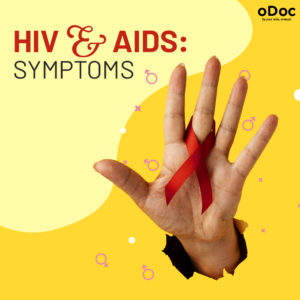
A Comprehensive Guide to Understanding HIV and AIDS
A Comprehensive Guide to Understanding HIV and AIDS In today’s world, health awareness plays a pivotal role in promoting overall well-being. One of humanity’s most
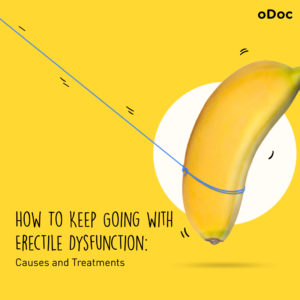
How To Keep Going with Erectile Dysfunction: Causes and Treatments
How To Keep Going with Erectile Dysfunction: Causes and Treatments Erectile Dysfunction (ED) is a hard topic for many because it can be awkward to

Menopause Brain Fog is real: A Simple Guide with Symptoms and Treatment
Menopause Brain Fog is real: A Simple Guide with Symptoms and Treatment Women in their 40s and 50s who are just entering the end of

